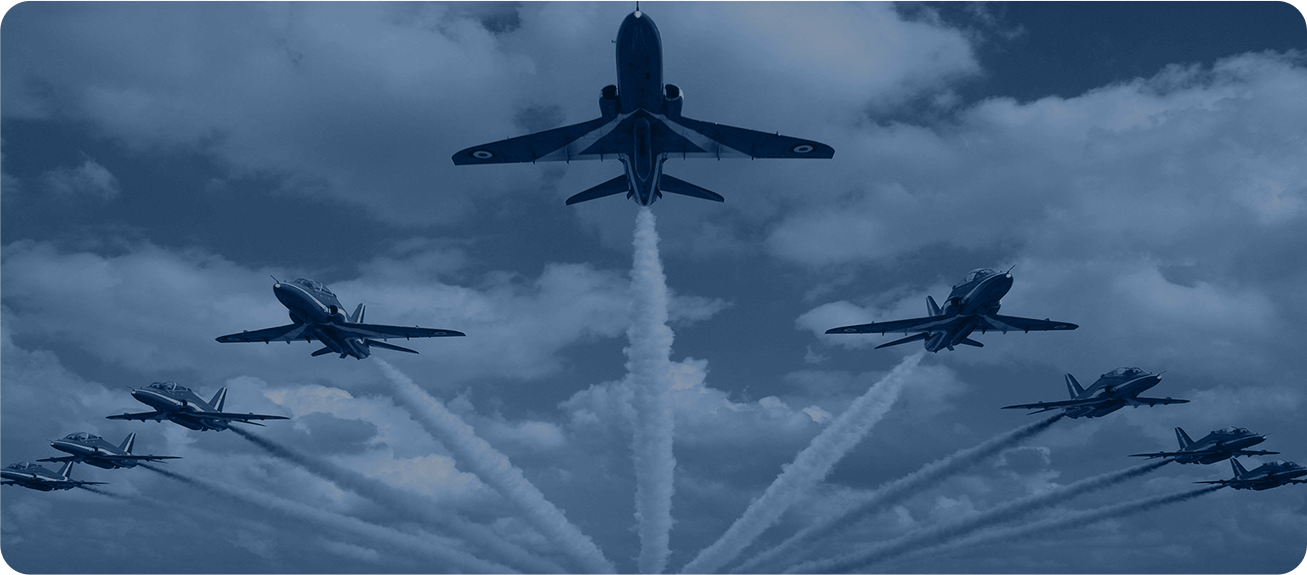R
Ramp Rat 9
Guest
I thought that cladis was formed due to the prolonged standing of the fuel/water interface?
I have found massive jellyfish in blending rigs in the past, which contained F34FSII, but these had been standing for some time.
This is the reason why we have a QA program of continual flushing/circulating of fuel in any source/installation.
If F34 has been sitting for a long time, the AL48 separates and by its very nature attracts the suspended water in the fuel into pockets. This subsequently provides the perfect growing conditions for cladis.
Hence, this is the reason PSD's store AVTUR as F35 and blend it en-route to the user.
The QA requirements are far less for storing F35 as opposed for F34.
D
If you store fuel as F35 how long does it take to blend if it is enroute to the user via hydrant. Or can you only do it through to a bowser. Just I've been around the BFI near POL at BZN but never seen a blending area?

